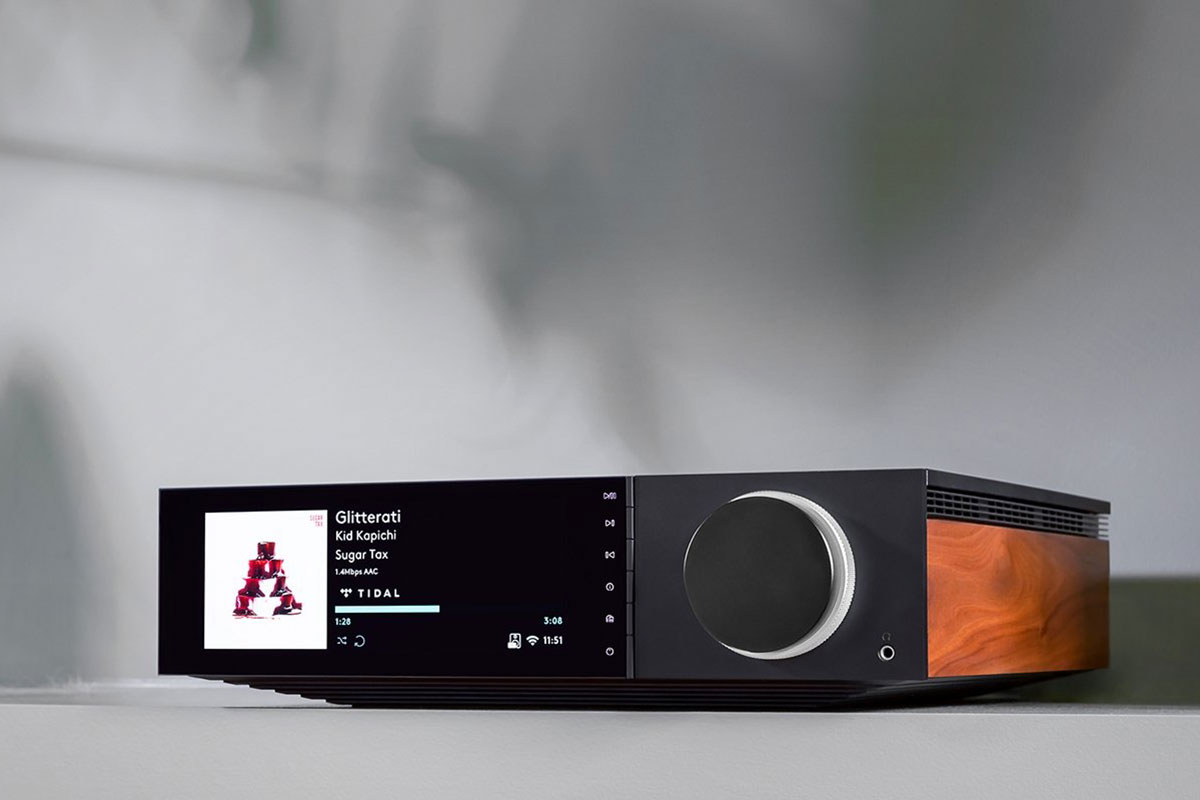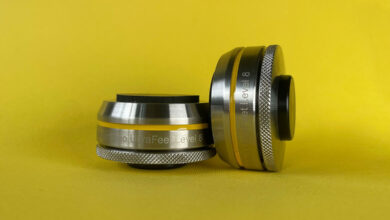
Cambridge Audio StreamMagic relies solely on TIDAL Connect
So far, Cambridge Audio StreamMagic lets you choose whether to use TIDAL Connect via the TIDAL app, or the Cambridge Audio StreamMagic app with TIDAL integration. In the future, however, Cambridge Audio wants to rely solely on TIDAL Connect.
Cambridge Audio has been offering its streaming solutions based on its own Cambridge Audio StreamMagic platform for years. Among other things, this platform is characterized by the fact that it can be used to access a wide range of online services.
Normally, manufacturers expand such offers, but now Cambridge Audio is going the opposite way and will remove an offer from the platform, and with good reason.
Cambridge Audio StreamMagic relies on TIDAL Connect
It is about the online music streaming service TIDAL, which is known to be one of the leading providers in this segment and it is therefore essential for manufacturers in the field of streaming to support it.
However, this is not always an easy task for developers, and it is also not an easy issue in terms of licensing costs.
In the case of Cambridge Audio StreamMagic, TIDAL is accessible in two ways.
On the one hand, the user can use the service directly via the corresponding app, the Cambridge StreamMagic app for Apple iOS and Google Android. In addition, the Cambridge Audio StreamMagic platform and the solutions based on it support TIDAL Connect, so the user can also control music playback via the TIDAL app for Google Android and Apple iOS.
Direct integration with Cambridge Audio StreamMagic app to be removed
Cambridge Audio has now decided to remove direct access to TIDAL in the Cambridge Audio StreamMagic app and rely solely on TIDAL Connect.
“Having two ways to do one thing can be confusing, especially for new listeners. That’s why we’ll be turning off support for the integrated version of TIDAL in your StreamMagic app in the coming months.”
Cambridge Audio
Integrating TIDAL directly into the Cambridge Audio StreamMagic app was simply due to the fact that it was the only meaningful way to listen to music from TIDAL in high quality on Cambridge Audio network players. Now that the TIDAL app can connect directly to Cambridge Audio products with TIDAL Connect, and preferably in full hi-res audio quality, there’s no need to cobble things together via the app, the Brits said.
“At Cambridge Audio, we’re always asking ourselves, “How can we do this better?” That’s the reason we integrated TIDAL in the first place. But as great as our award-winning StreamMagic platform is, we know that native apps can often provide an even better experience. For example, when you use the TIDAL app, you have all of TIDAL’s recommendations and playlists at your fingertips.”
Cambridge Audio
Software developers can now focus on new, exciting functionality, Cambridge Audio says.
They explicitly point out that the announcement now made about the change in TIDAL usage should only be seen as preliminary information, nor are both variants available.
Only in January 2022 will they actually remove TIDAL from the Cambridge Audio StreamMagic app, the company concludes.
Getting to the point
It’s a perfectly understandable step that the English hi-fi company Cambridge Audio is now announcing. They will remove the previously available direct integration of TIDAL from the Cambridge Audio StreamMagic app. After all, users have the much more flexible option of using TIDAL via TIDAL Connect and thus the TIDAL app to enjoy music up to hi-res audio via systems from Cambridge Audio. Instead of continuing to double-track here, Cambridge Audio’s developers can focus their time and energy on more exciting features for listeners in the future, the English company said in its statement.
| Manufacturer: | Cambridge Audio |
| Distribution Austria: | Audio Tuning Vertriebs GmbH |
| Distribution Germany: | Cambridge Audio |






